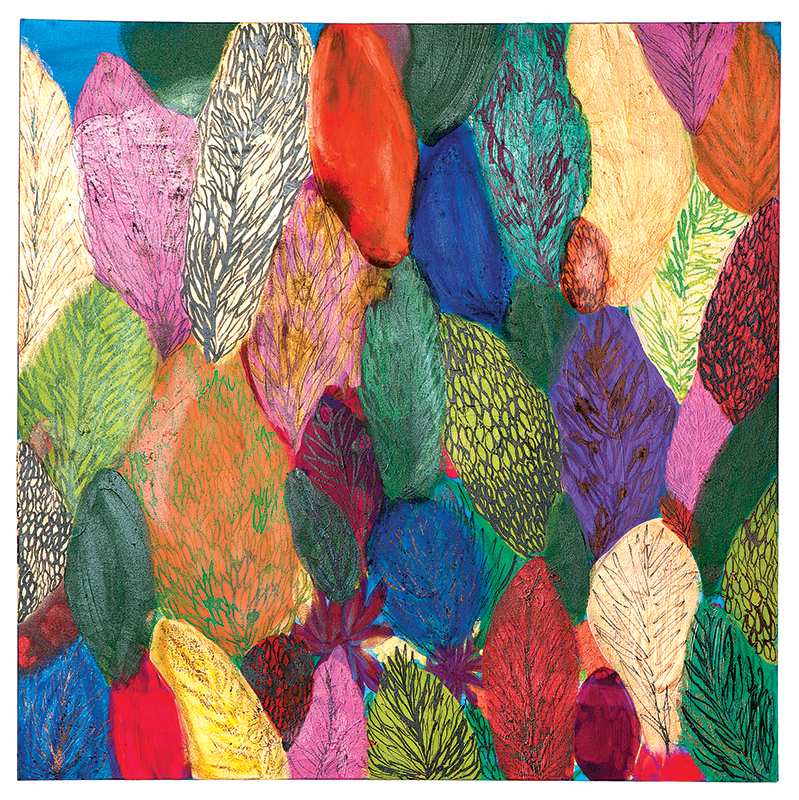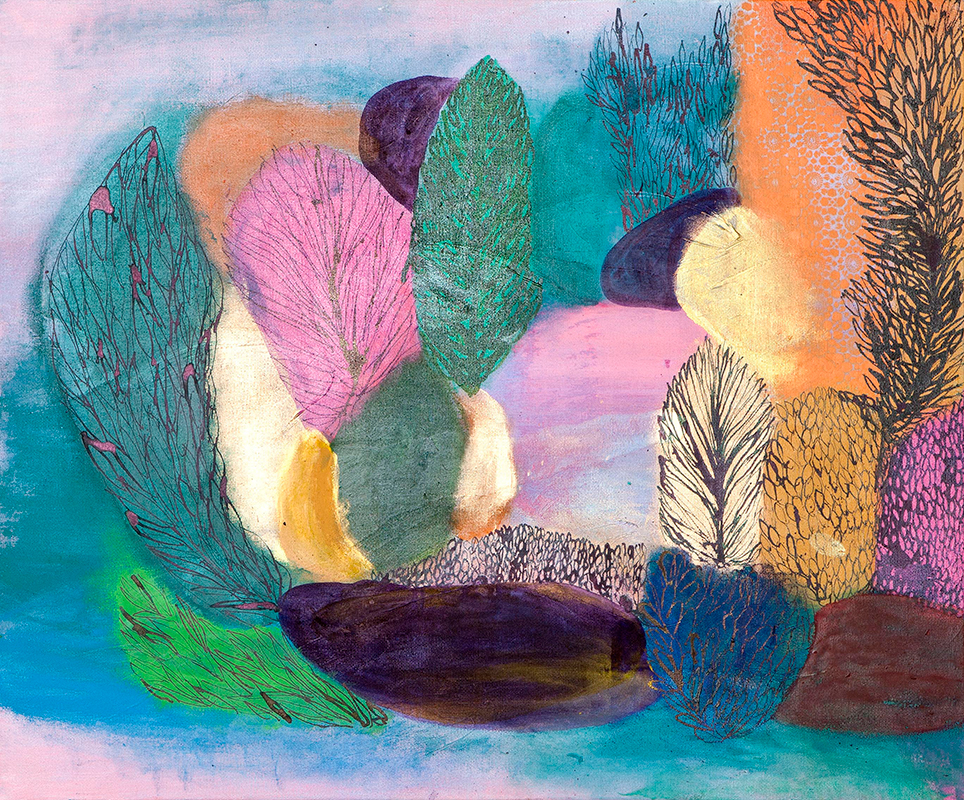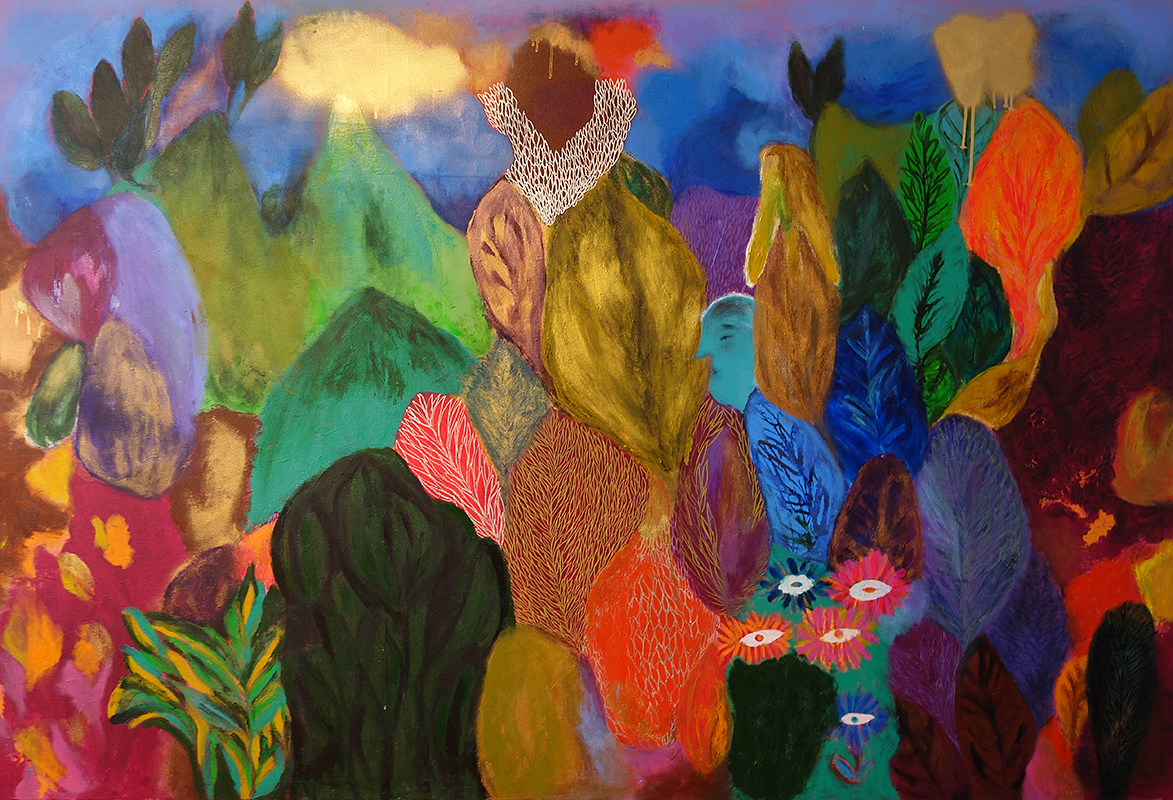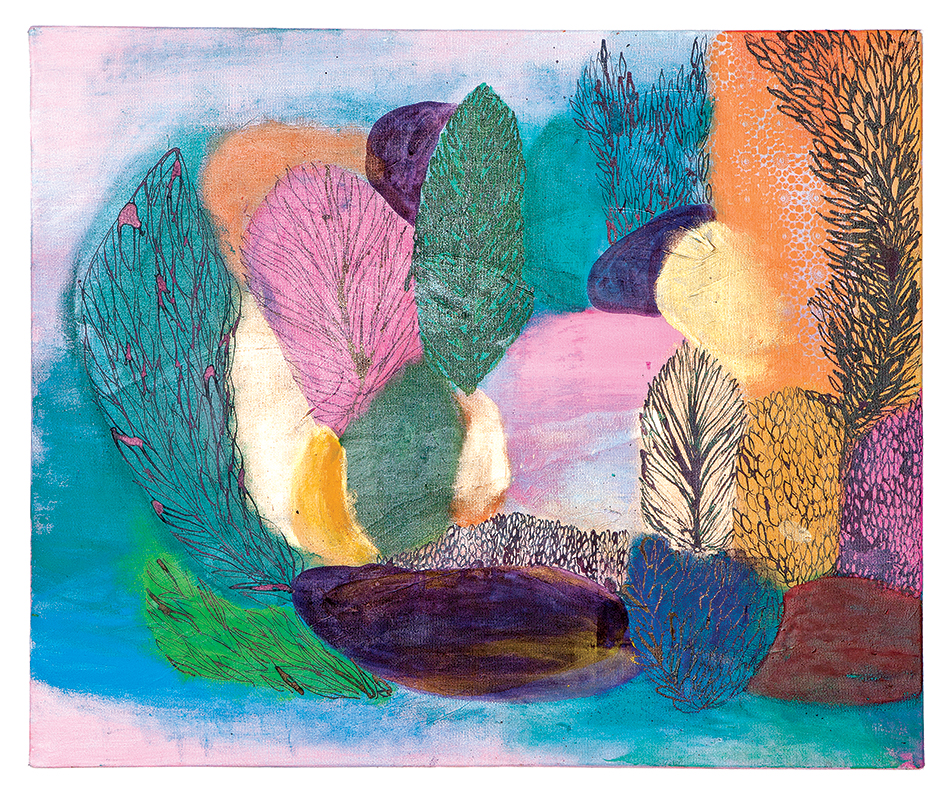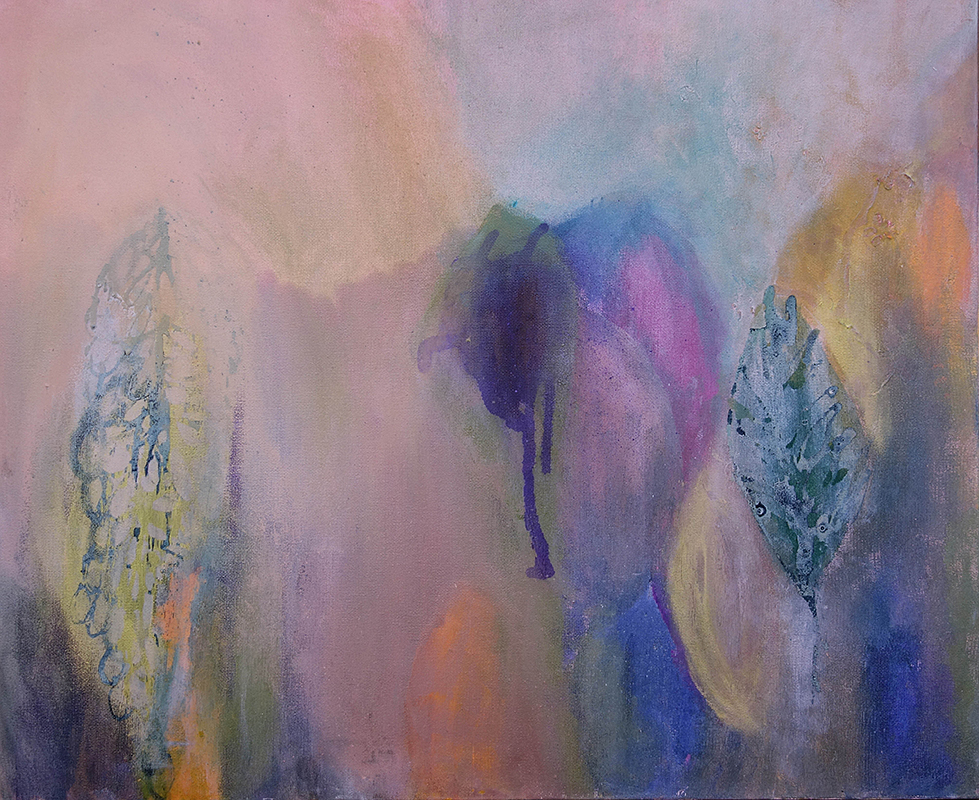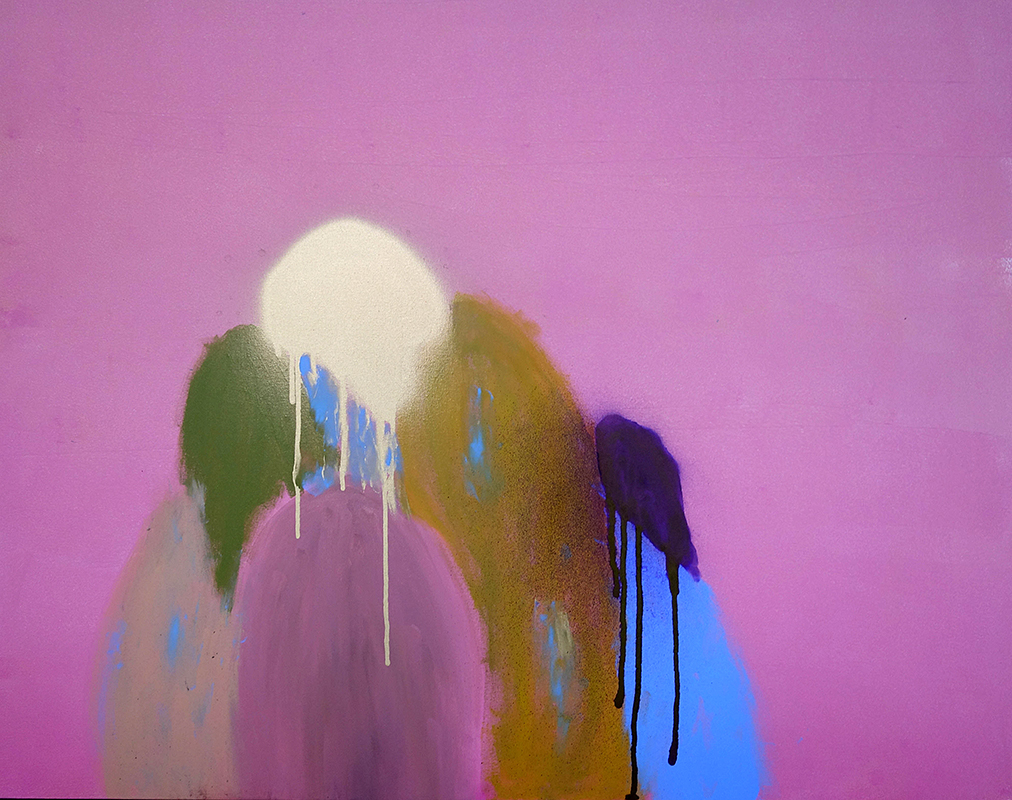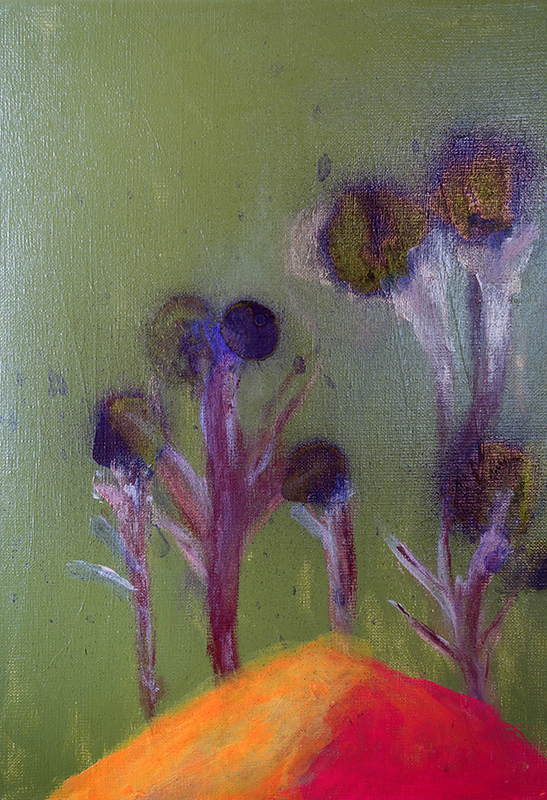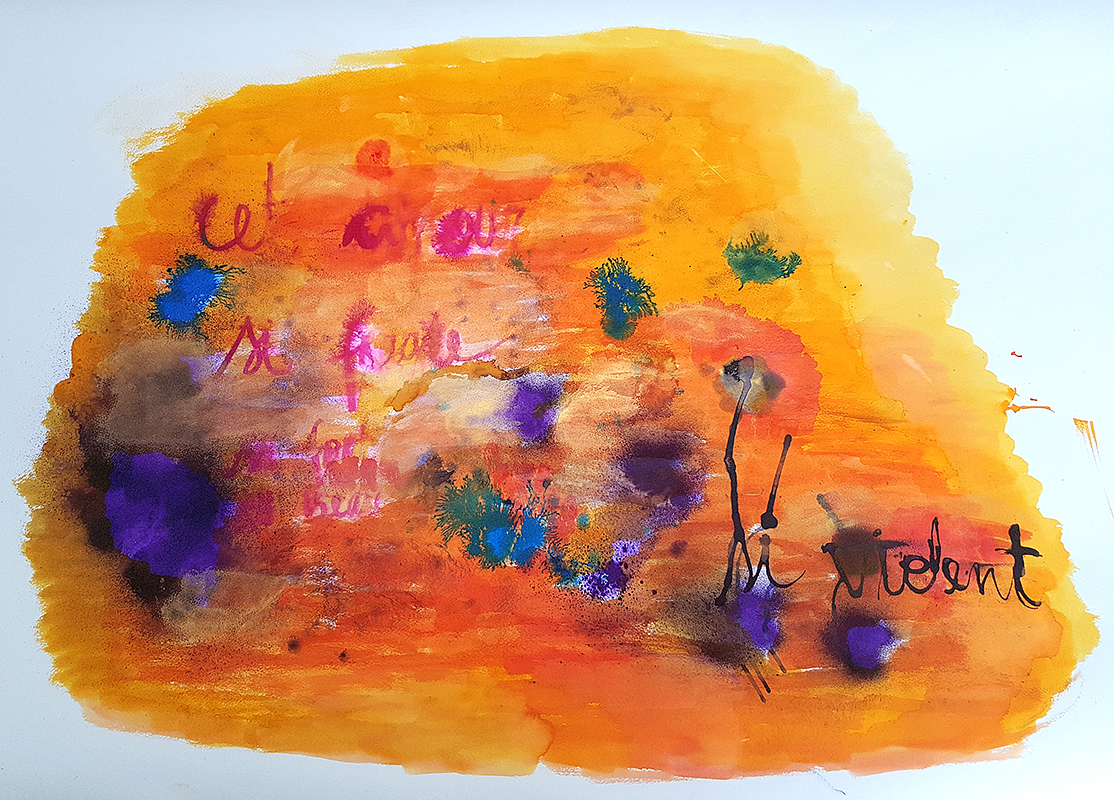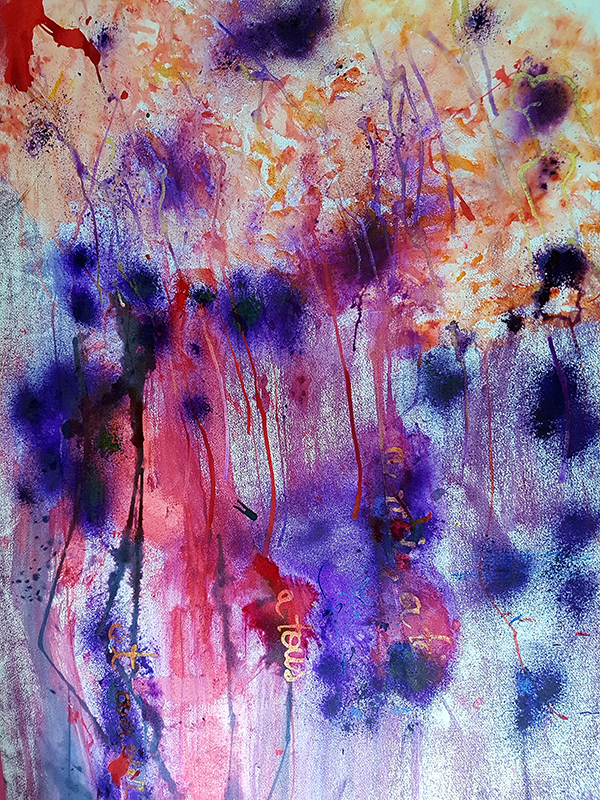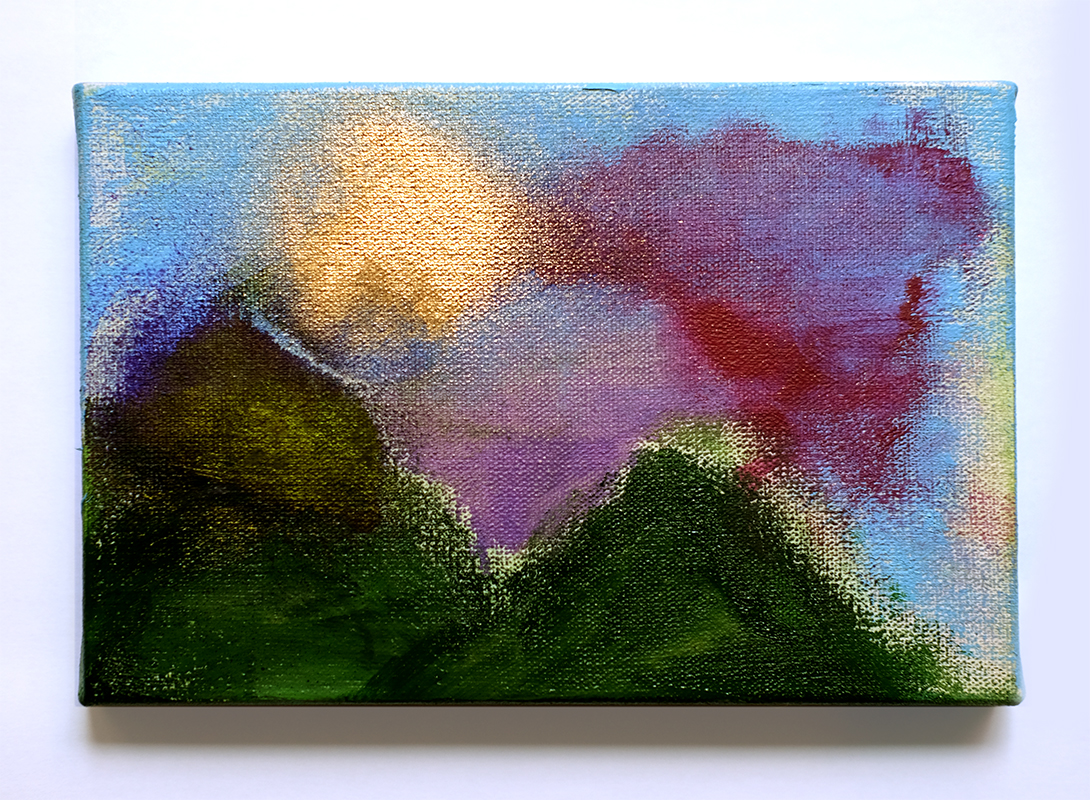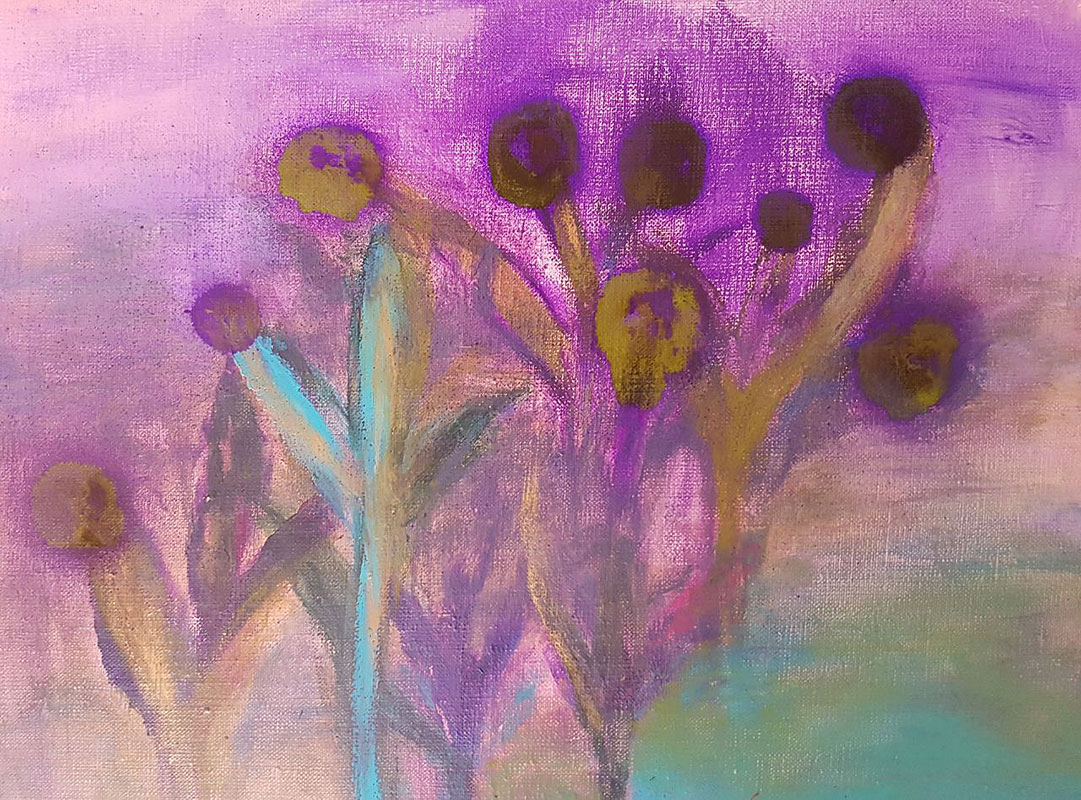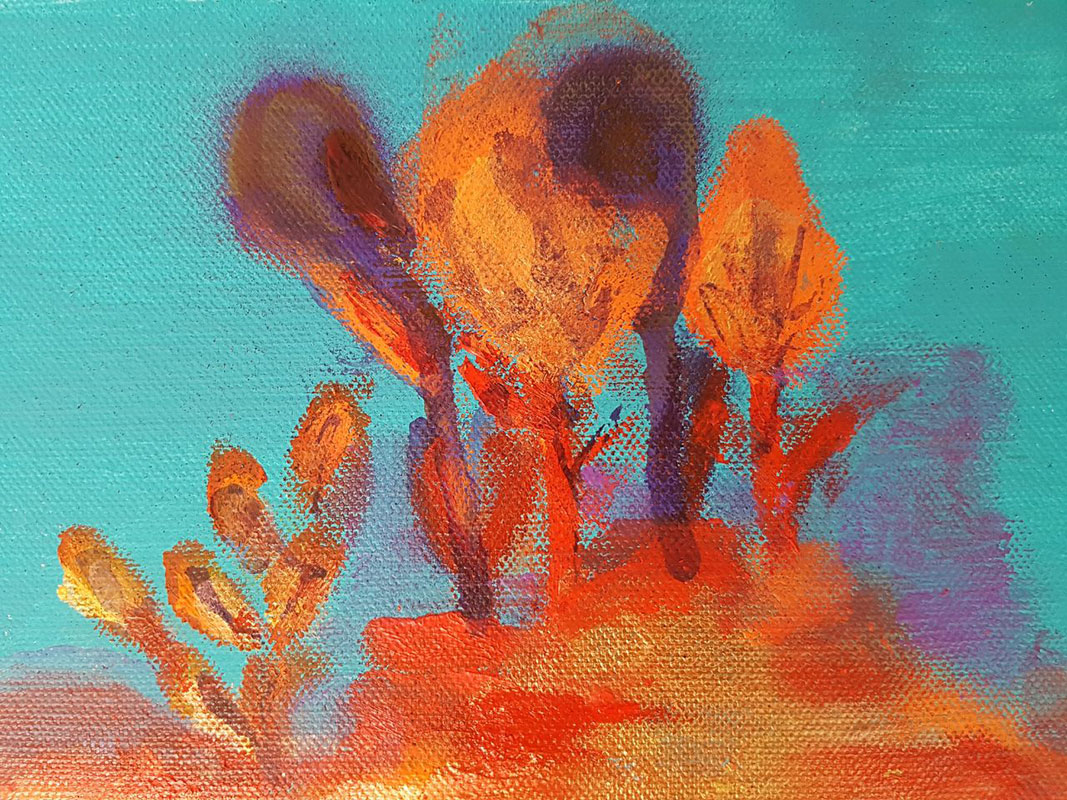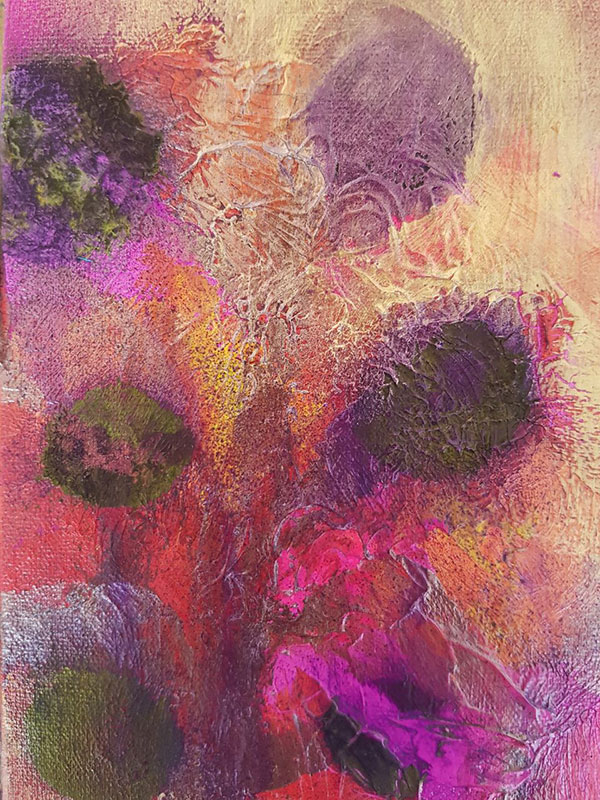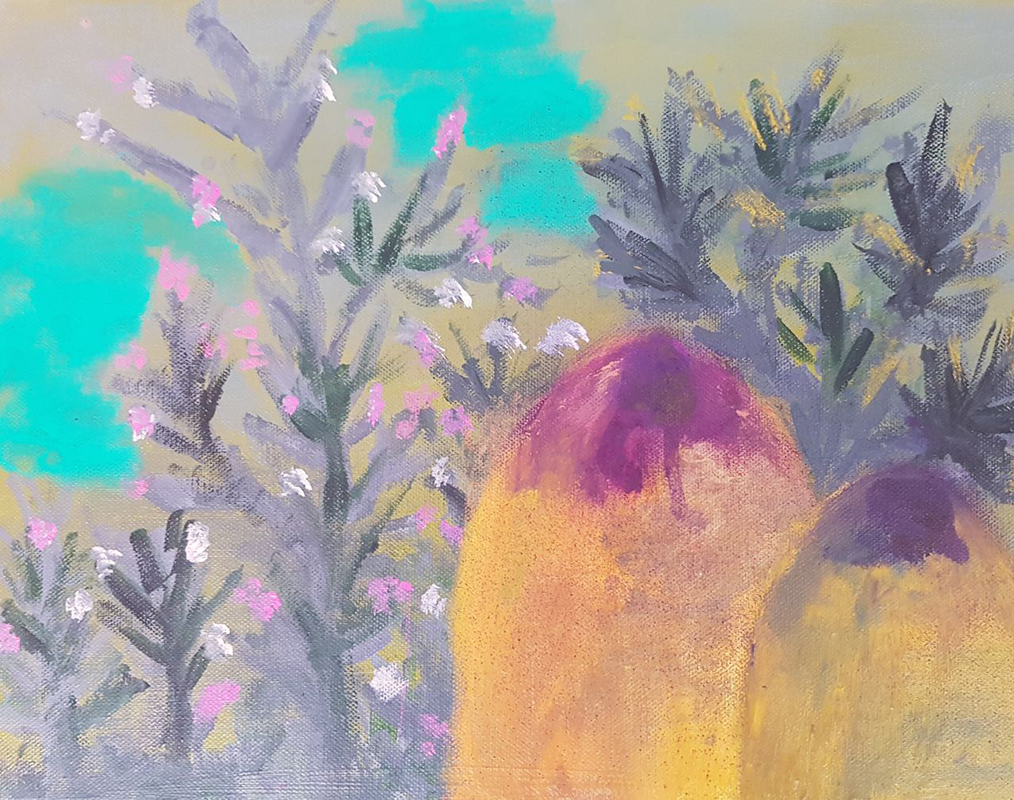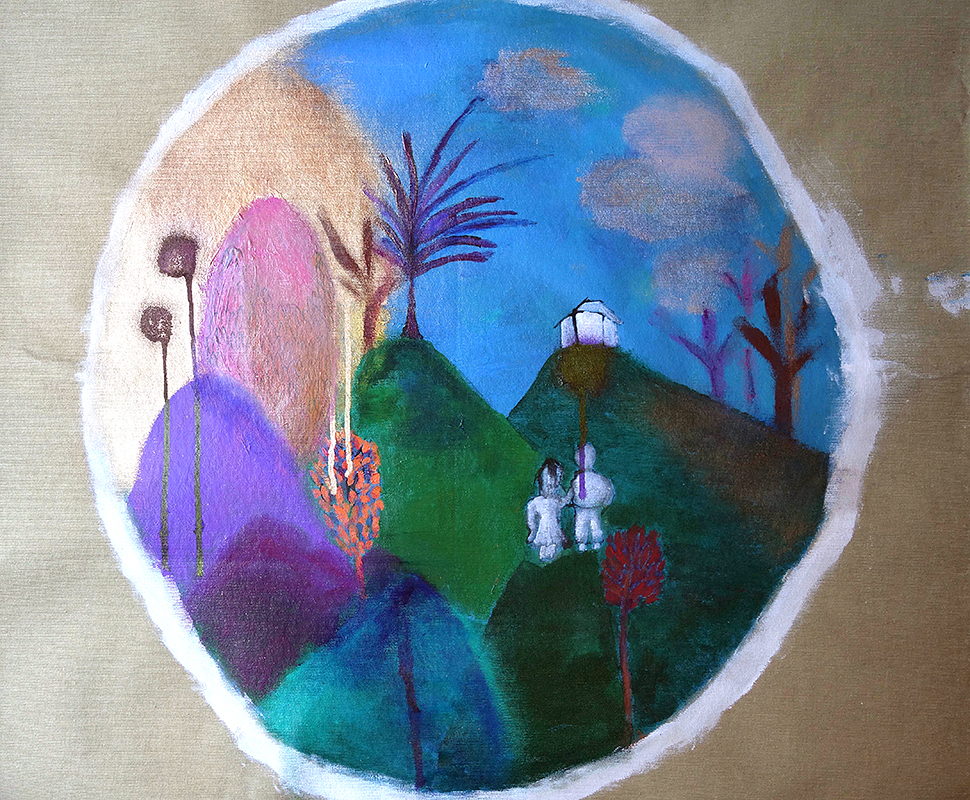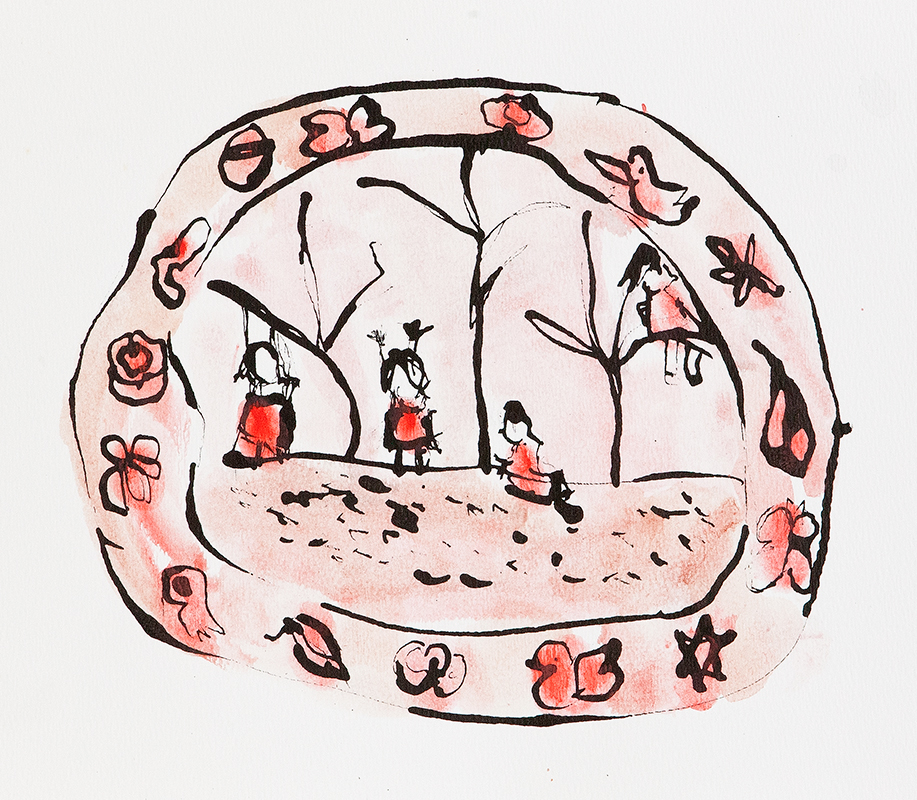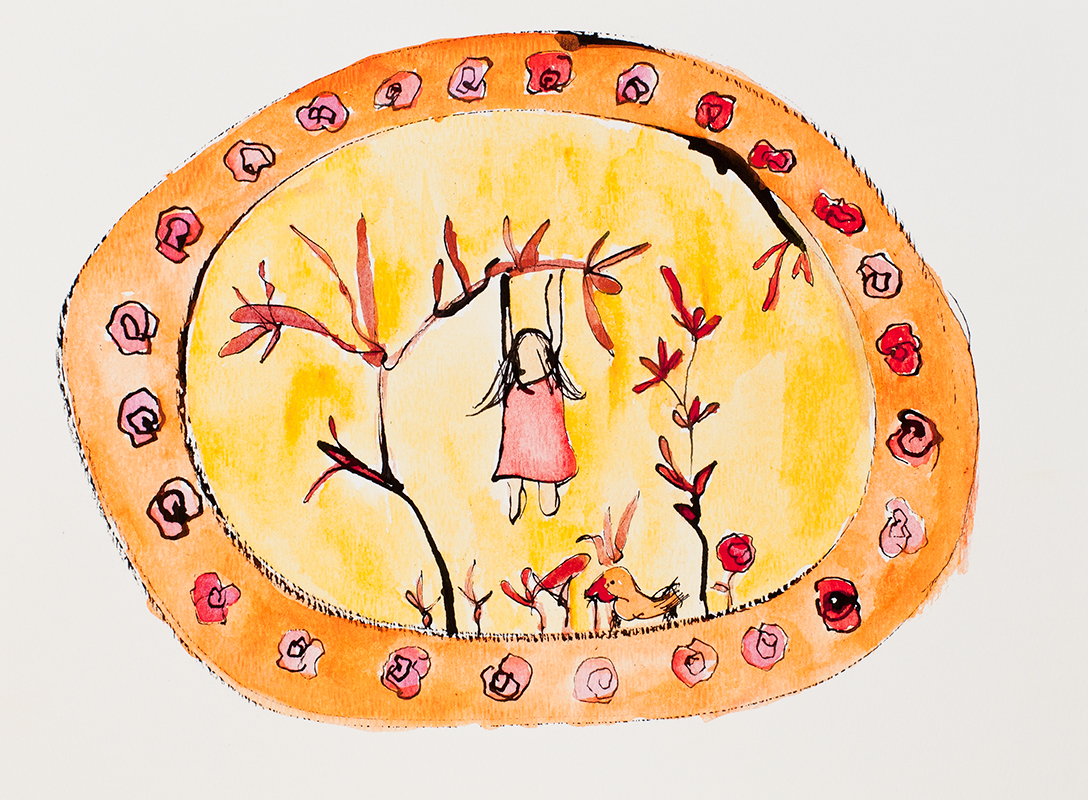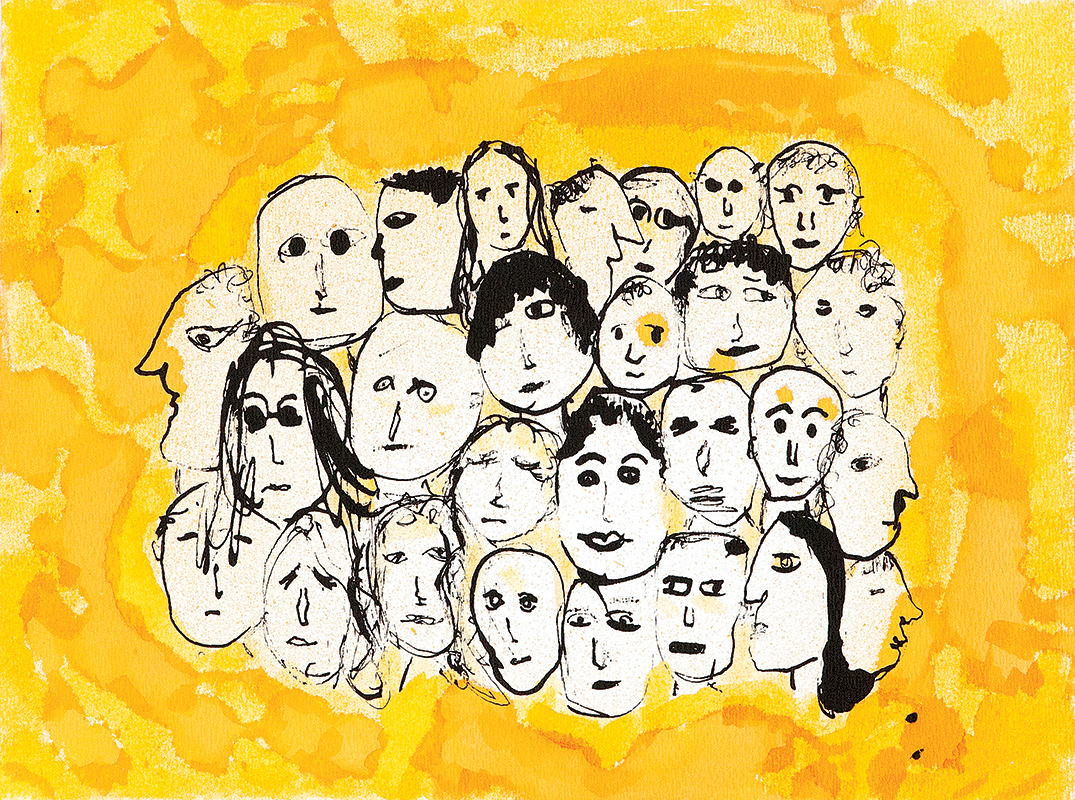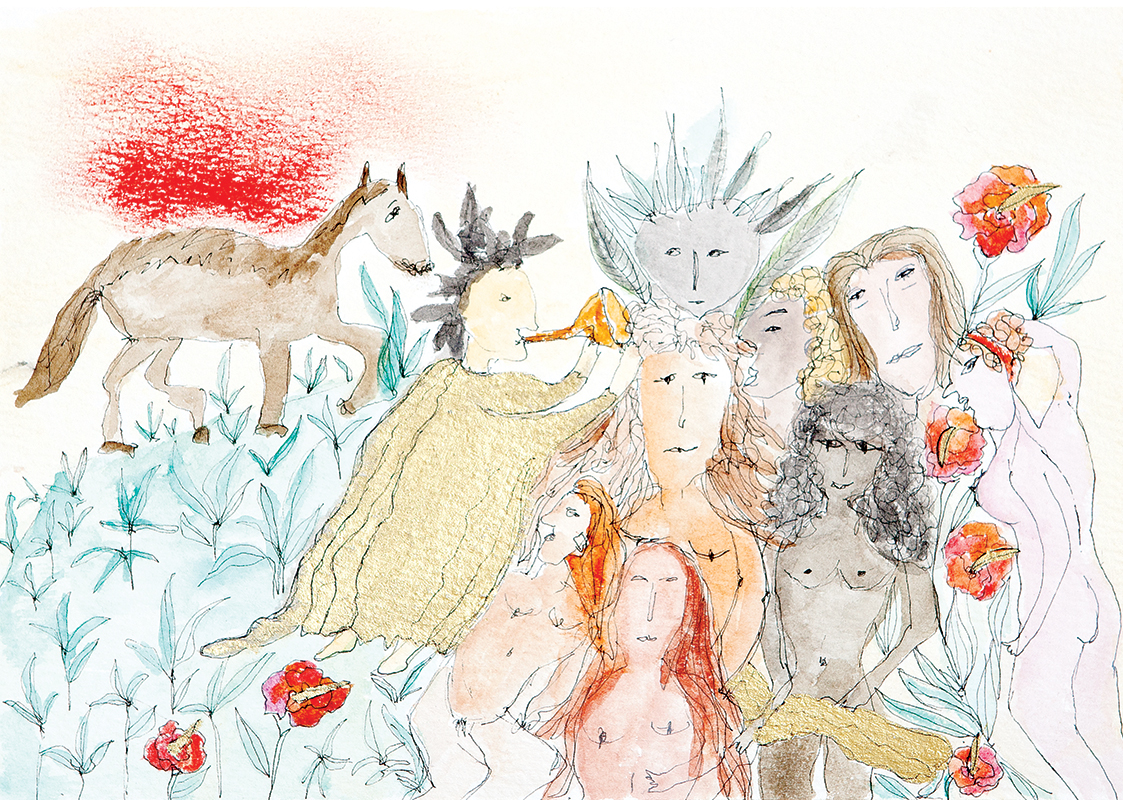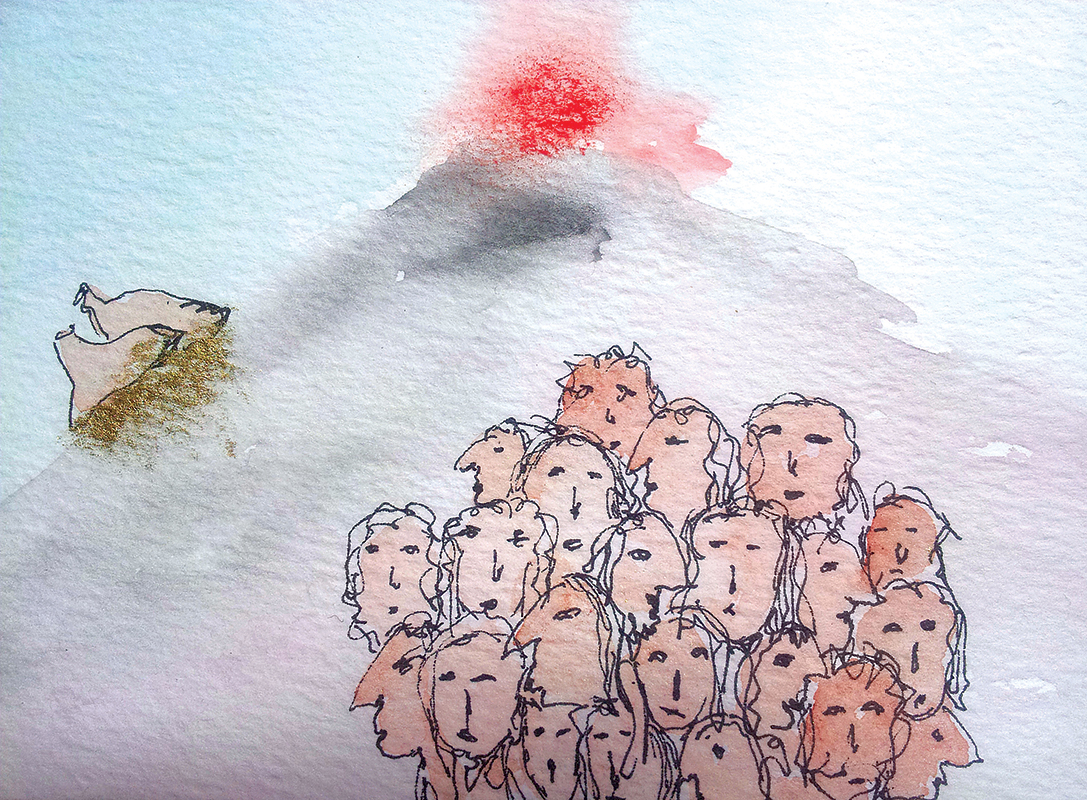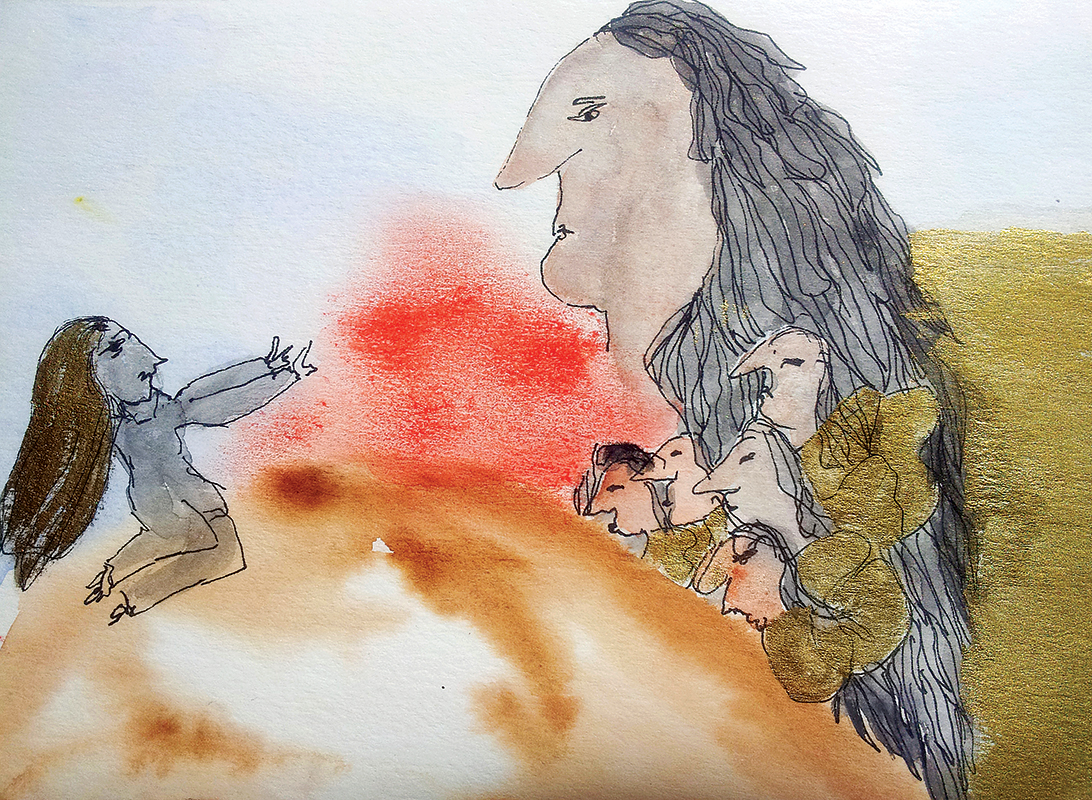ART
CURE
Although I grew up listening to fairytales, I had forgotten the power they possess to shape a particular understanding of our world, until recently, when my ten-year-old daughter in her English class was assigned to create her own fairytale. Reading her fairytale that had a contemporary twist, but otherwise followed the narrative structure of fairytales, reminded me of Walter Benjamin’s words that fairytales are indeed our first teacher, showing us the proper ways to behave, how to get along with others, who we should trust or be suspicious of in our daily lives. Ways of being in the world and relating to others that become part of our collective consciousness are not timeless, nor given, but rather they are shaped by our daily experiences of race, social class, religion, ethnicity, gender and sexuality. Katia Canton’s impressive body of work in various media and mediums from painting and drawing to sculpture and installations seduces the viewer into thinking about what she calls the “fairytale of every life”, its history, its social construction, its fantasy and desires, and its meaning for these times.
Although as Benjamin indicates the first storyteller is the one who tells fairytales, the cave painters who created their narratives using images are also one of the early storytellers. Katia Canton’s work inspired by stories, poems, and fairytales continues the allegorical qualities of the first storytellers, however from the vantage point of our contemporary moment. Borrowing her words: “my work articulates the storytelling potential of art to produce the magical and transcendental in human experience”.
The role of the theater artist as Jacque Rancière suggests is a storyteller, who creates an emancipated community of artist-as-storytellers with the audience:
“[a]rtists, like researchers, build the stage where the manifestation and the effect of their competences become dubious as they frame the story of a new adventure in a new idiom. The effect of the idiom cannot be anticipated. It calls for spectators who are active interpreters, who render their own translation, and who appropriate the story for themselves and who ultimately make their own story out of it. An emancipated community is in fact a community of storytellers and translators” .
As a skillful storyteller, Katia Canton’s outdoor installation “Rapunzel” speaks to me directly about the ability of art to create this momentary emanicipatory community of storytellers and translators that Rancière describes in the quote above. Hanging from the branches of a tree in an urban outdoor area are several long flowing clumps of hair dyed in a startling array of vibrant colors. This arresting installation, “Rapunzel” based directly from the fairytale of its name is deeply disturbing to me as a spectator, as it recalls for me the history of lynching in the United States. My translation of this visual narrative is based on my location and position as a person of color living in the United States in this particular historical moment, where the brutality faced by African-American people since slavery is ever present in my world. In forging this community through her artworks, Katia opens dialogue about the stories of privilege and oppression that shape our current situation locally and globally.
As I learnt from Katia, the fairytales we read as children in the western world and the Disney version emerged at a particular moment in history. The same fairytales, such as Red Riding Hood or Rapunzel told a very different story that was far more brutal, misogynistic, and oppressive. Drawing on her interest in fairytales from childhood and years of dedicated research on the history of fairytales, her series “Contos de Fadas: Personagens (Fairy Tales: Characters)” makes visible these invisible stories of Sleeping Beauty and Red Hiding Hood among other fairytales in a deft manner that hold in tension both the trauma and magic of these fairytales. Instantly one recognizes the main characters in the fairytale, rendered in swift wistful brushstrokes that appear fleeting, yet are grounded by the imagery that speaks simultaneously to gendered oppression and feminine strength.
Shattering my memories of these western fairytales as symbols of romance, beauty, and adventure, I find myself being taught new lesson’s that allow me to imagine our world anew; where human dignity, equality, and peace might become ever present. This might seem like a fairytale given our current condition of vast inequities and perpetual war, but what Katia’s artwork makes real is that new stories can and need to be created.
Dipti Desai
Associate Professor and Director of the Graduate Art + Education Programs of Steinhardt School, NYU


